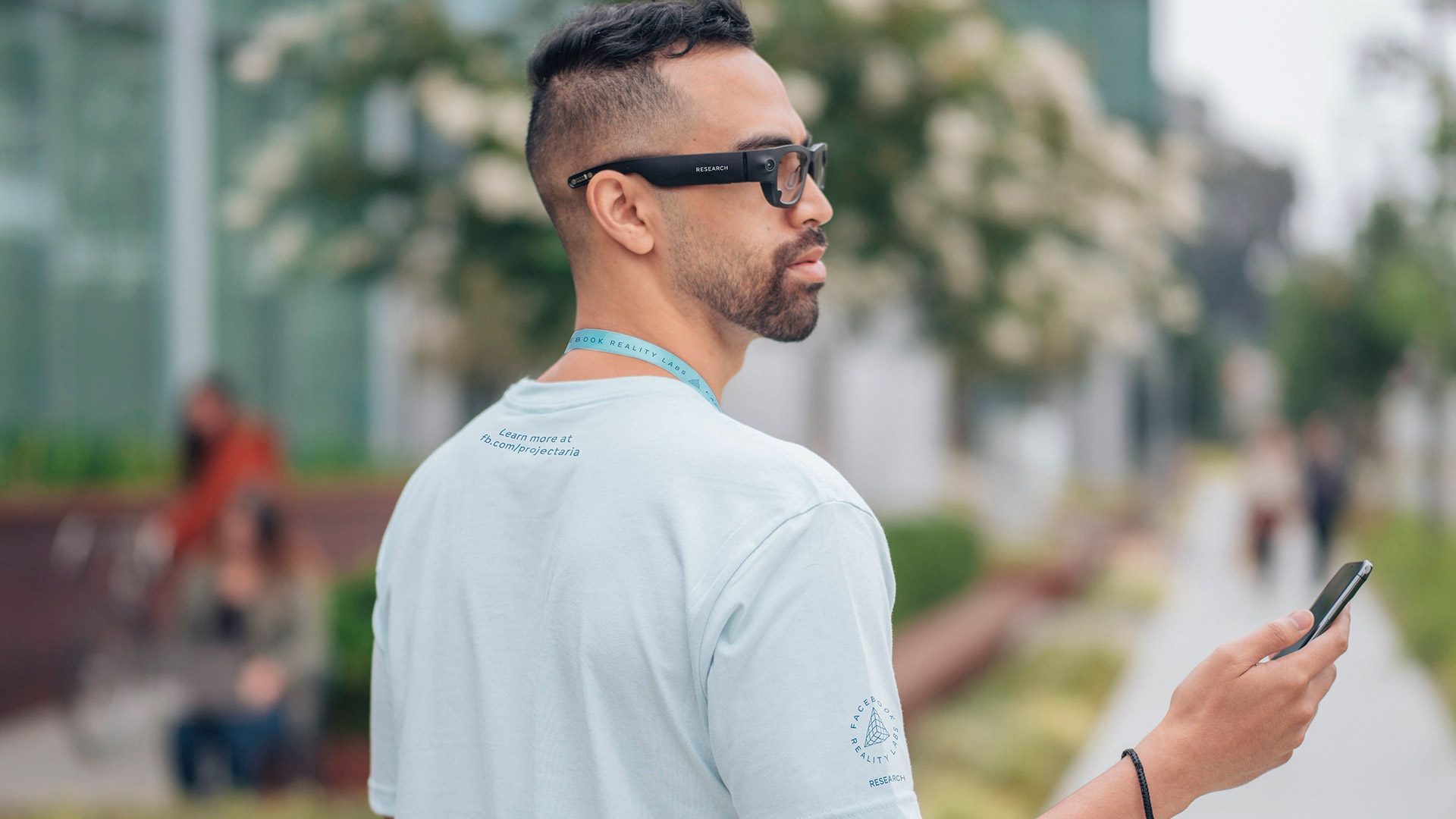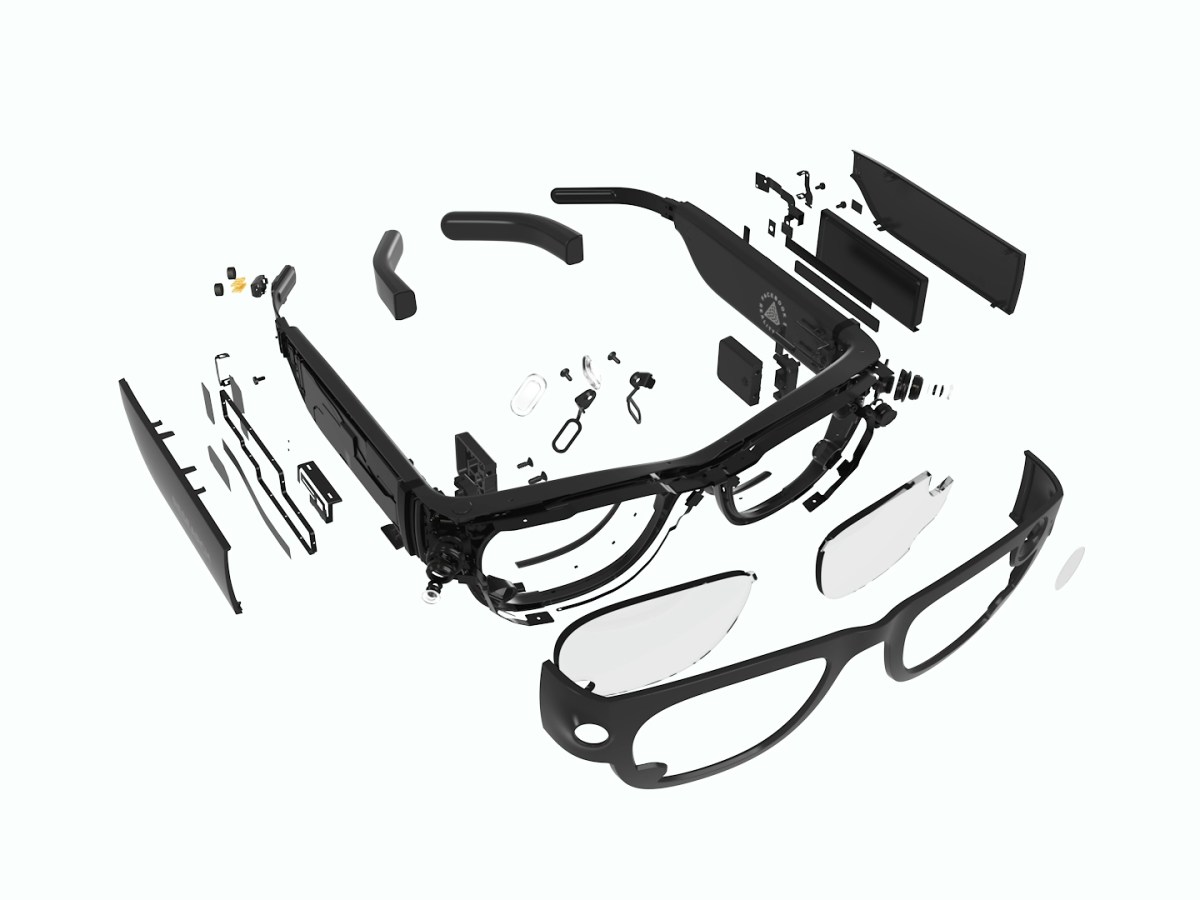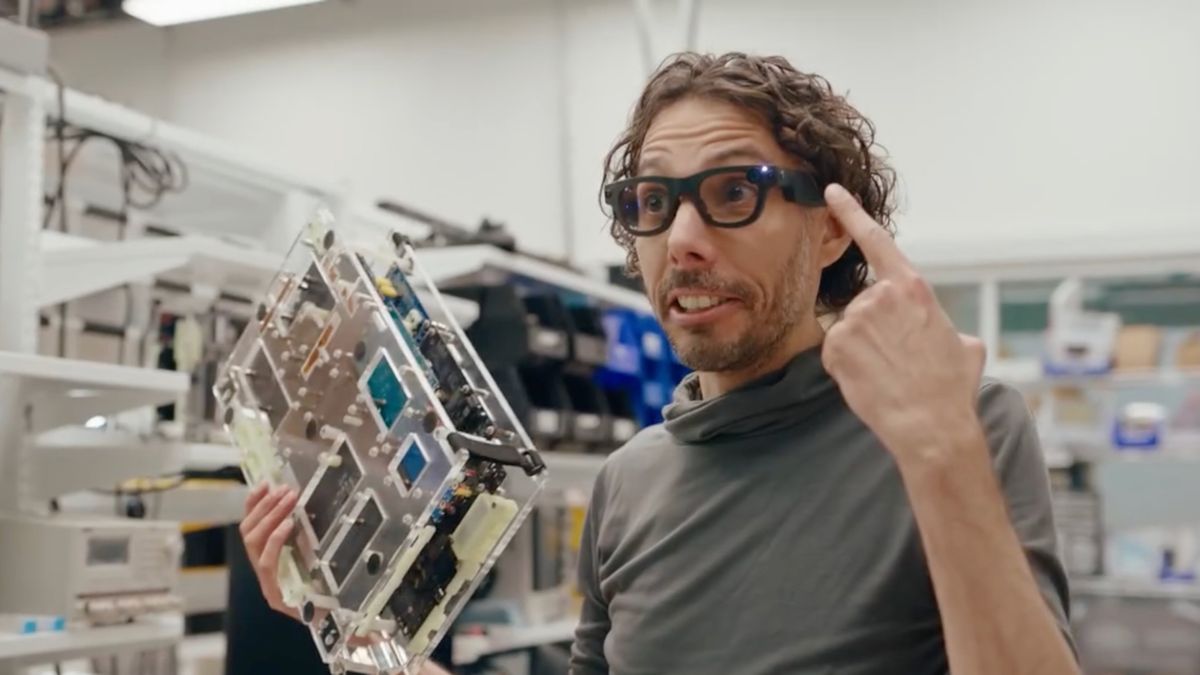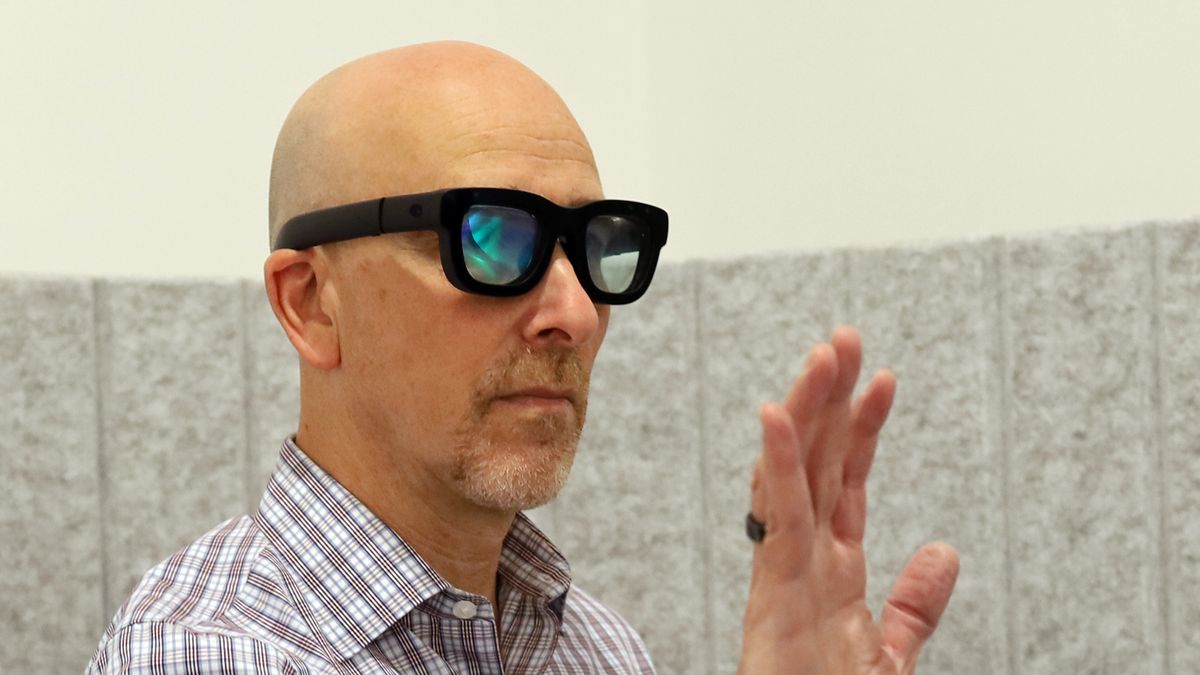Introduction and Vision
Meta's Project Aria is the company’s ambitious research initiative that marks a crucial step toward developing truly wearable augmented reality devices. Originally announced a few years ago, Project Aria was designed not as a consumer product but as a research platform which gathers a wealth of egocentric sensor data to inform the design of future AR glasses[6][16]. At its core, the project involves a pair of sensor‐rich glasses that record eye movements, spatial audio, and video – essentially a real‐world data collector to build advanced perception systems[3]. As outlined in Facebook’s own announcements, the goal is to create a 3D layer of meaningful, context‐sensitive digital information that seamlessly overlays the physical world, thereby redefining how we interact with our surroundings[6].
From Prototype to Research Kit

Initially developed internally, Project Aria served as a testbed for Meta’s extended reality ambitions. Over time, the initiative evolved into a research kit available to third‐party partners. In its latest iteration—the Aria Research Kit—Meta now offers not only the sensor‐packed glasses, but also the companion software, developer SDK, and integrated cloud services that facilitate advanced machine perception services[9]. Early collaborations with prestigious partners like BMW and several universities have already demonstrated promising directions in safety, accessibility, and human–machine interaction[11][12]. As noted by multiple sources, this shift to external research access is intended to accelerate innovation and allow the broader academic and corporate communities to tackle the complex challenges that remain in designing all‐day wearable AR glasses[2][11].
Technical Innovations and Upgrades
Meta’s commitment to refining the technology is evident in the successive generations of the Aria glasses. The initial version, lacking any display, was focused purely on data capture, while recent iterations, such as the Aria Gen 2, have introduced important hardware upgrades. According to coverage, the second generation includes an upgraded sensor suite with an RGB camera, six degrees‐of‐freedom (6DOF) SLAM cameras, and eye tracking cameras, as well as new sensors like a photoplethysmography (PPG) sensor and a contact microphone to distinguish the wearer’s voice from bystanders[1][7]. In addition, improvements such as extended battery life—which now supports up to eight hours of continuous use—make the device a closer match to the envisioned “all‐day” usage scenario[1][4]. These enhancements not only improve data quality but also help address practical concerns related to weight, comfort, and usability during extended deployment.
Research Collaborations and Impact
Project Aria has served as a fertile testbed for research in several domains. Early field trials involved not only internal Facebook researchers but also partners from academia and industry. Numerous universities have employed the Aria Research Kit in projects ranging from driver intent prediction—where sensors and cameras are used to track what drivers are looking at during critical moments—to studies aimed at creating tools for the visually and hearing-impaired[2][5][11]. Furthermore, case studies from institutions such as the University of Bristol illustrate how egocentric data captured from experts can inform training programs that potentially transfer specialized skills to everyday users[9]. These collaborative efforts are crucial for addressing the deep technical bottlenecks that have so far hindered the mass adoption of augmented reality glasses.
Broader Applications and Consumer Aspirations
While Project Aria is primarily a research platform, the data and technologies it generates have significant potential for consumer applications. Insights from the platform are expected to underpin future iterations of Meta’s consumer AR devices, such as the Orion glasses prototype, which integrate displays, wireless computing units, and even innovative input devices like EMG wristbands to detect subtle hand and finger movements[8][15]. Industry commentators suggest that the ongoing research into sensor integration and real-time processing is laying the groundwork not only for safer driving aids and assistive accessibility tools but also for new kinds of social interactions that blend digital and physical experiences[8][14]. The eventual consumer product aims to combine practicality with advanced digital interaction, potentially making augmented reality as ubiquitous as smartphones in the coming years.
Ethical Considerations and Future Outlook
Any project that is as deep-rooted in data capture and real-world monitoring as Project Aria inevitably raises questions about privacy and responsible innovation. Researchers have noted that while the device is an excellent engineering testbed, it also exemplifies broader societal challenges related to surveillance and informed consent[13][17]. Critics argue that without robust safeguards, large-scale data capture of everyday environments could lead to intrusive monitoring and questions about the ownership of personal data[13]. Meta has tried to address these issues with a set of Responsible Innovation Principles, but debates continue regarding the balance between technological progress and the potential for misuse[17]. Looking ahead, Meta’s challenge will be to ensure that the valuable insights gained from Project Aria can be translated into consumer devices in a manner that respects privacy and safeguards the interests of all stakeholders. With planned public rollouts of similar technology in devices like the Ray-Ban Meta glasses, the convergence of AR and AI is expected to reshape the landscape of digital interaction while also mandating clear, ethical governance[10][15].
Get more accurate answers with Super Pandi, upload files, personalized discovery feed, save searches and contribute to the PandiPedia.
Let's look at alternatives:
- Modify the query.
- Start a new thread.
- Remove sources (if manually added).










